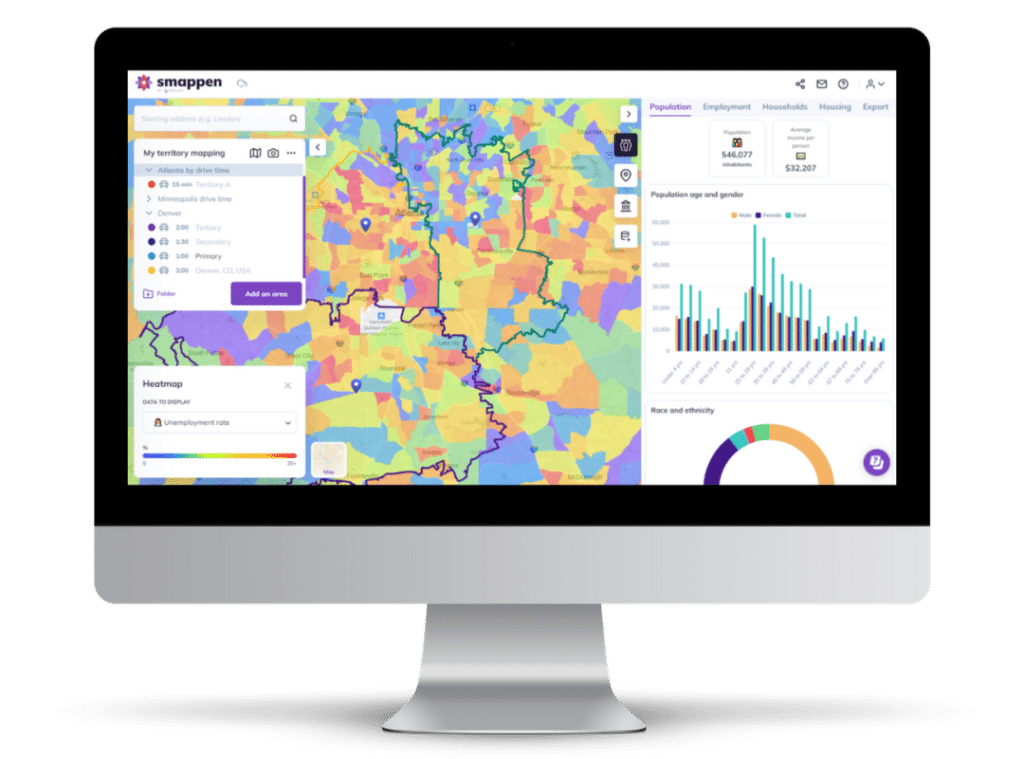Mapping Software: Data Visualization for Informed Insights
Smappen is a dedicated territory mapping software that enables organizations to accurately delineate and manage geographic areas. Built with an intuitive interface, Smappen helps you create, edit, and analyze your territories—whether for sales regions, franchise territories, service areas, or operational planning. The platform is designed to work seamlessly with your existing data, offering a clear visual representation of geographic boundaries to support effective decision-making.
What is mapping software?
Mapping software is a digital tool that allows users to create, edit, and analyze maps by integrating various data sources into visual formats.
It transforms raw geographic data into actionable insights by displaying boundaries, spatial relationships, and trends on interactive maps. In many cases, mapping software incorporates Geographic Information Systems (GIS) capabilities, enabling more advanced spatial analysis and precise geodata management.
This type of software is essential for any organization that needs to manage territories, plan routes, or understand regional dynamics—all in a user-friendly and visually intuitive manner.
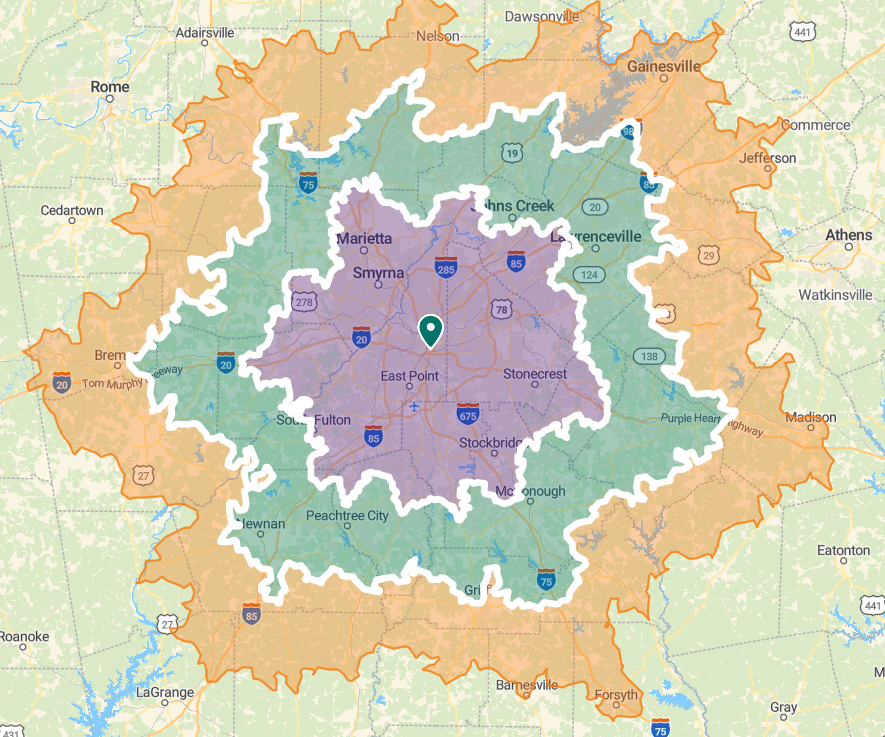
What are the applications of mapping software?
Mapping software is used for a wide variety of purposes across many different fields:
Geomarketing and Market Research
Identify where your potential customers are—even before they’ve heard of you—by analyzing demographic and geographic data.
Targeted Marketing
Launch marketing campaigns tailored to the unique profiles of each neighborhood, ensuring your message reaches the right audience.
Sales Performance
Align your sales territories with millimetric precision, optimizing resource allocation and boosting your team’s productivity.
Logistics Optimization
Discover the fastest and most economical routes for technicians and deliveries, streamlining operations and reducing costs.
Business Analysis
Whether you’re an environmental analyst or a risk management professional, digital mapping becomes an invaluable ally in analyzing and visualizing complex data.
Specialized Applications
Beyond general uses, mapping software serves specialized needs for geographers, environmental analysts, and risk analysts, offering tailored functionalities for in-depth spatial analysis.
What features does mapping software offer?
Mapping software typically includes features such as:
- Interactive Map Creation: easily build and adjust maps using intuitive drag-and-drop interfaces.
- Robust Data Integration: import data from various formats (e.g., CSV, shapefiles, API feeds) to create comprehensive spatial datasets.
- Customizable Visualizations: personalize colors, symbols, and labels to highlight key data points and trends.
- Advanced GIS Capabilities: perform spatial measurements, area calculations, and demographic analyses.
- Geocoding: functionality for translating postal addresses into GPS coordinates
- Data import in various formats: KML, Json, csv, MapInfo, etc.
- Heatmap: to visualize data intensity on a map
- Real-Time Updates: ensure your maps reflect the most current data, aiding dynamic decision-making.
- Collaborative Tools: share maps and collaborate in real time, streamlining team communication.
- Data summary charts and tables: to visualize data and simplify presentation & analysis
- Automated analysis reports: for export in Word or Excel format
Benefits of Mapping Software
By harnessing the capabilities similar to those offered by advanced tools like Smappen, mapping software delivers significant advantages:
Enhanced Decision-Making:
Visual representations of territory data empower stakeholders to make informed, data-driven decisions rapidly.Improved Data Accessibility:
Consolidate disparate data sources into one platform, simplifying complex analyses and making information readily accessible.Operational Efficiency:
Streamline planning processes and reduce manual work through automation and intuitive design, saving time and resources.Scalability:
Adapt to growing data needs and increasingly complex territorial demands with a flexible, scalable solution.Increased Collaboration:
Real-time updates and shared access foster better teamwork, ensuring all members are aligned and informed.Cost Savings:
Reduce expenses associated with manual data analysis and planning by automating key mapping processes.
How to choose mapping software
The road to the perfect mapping software is like a quest – you need to know what you’re looking for before you start looking. Ask yourself essential questions about your needs, desired functionality, budget, frequency of use, mapping skills and type of grip for example.
What is the best mapping software?
When evaluating mapping software, the best solution is one that combines precision, ease of use, and robust functionality tailored to your organization’s unique needs. Smappen distinguishes itself as the leading choice for territory mapping by offering an intuitive interface, comprehensive GIS capabilities, and real-time data integration—all backed by a focus on simplicity and collaborative efficiency. Our platform is designed specifically for professionals who demand accurate, customizable maps to drive operational excellence. With Smappen, you gain a trusted partner that not only simplifies territory planning but also adapts to the evolving demands of your business.
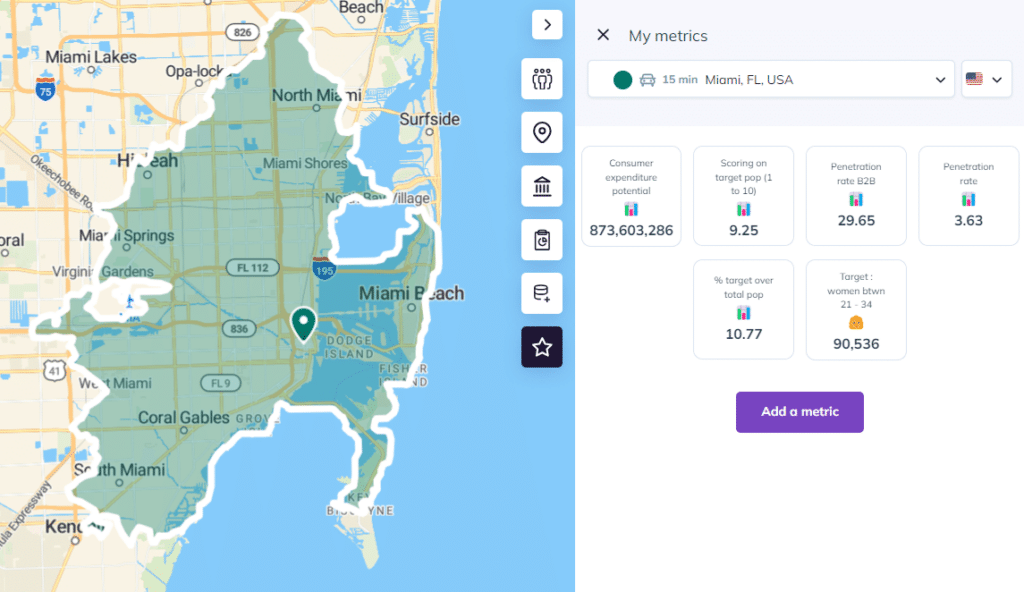
Heat Mapping Capabilities
Smappen also offers advanced heat mapping functionality that brings your data to life. Heat mapping visually represents data density and intensity across your territories, using color gradients to highlight hotspots—be it areas of high customer concentration, increased sales activity, or resource allocation needs. This feature enables you to quickly pinpoint areas requiring strategic attention, providing a dynamic, intuitive overview that supports more informed decision-making. ullamcorper mattis, pulvinar dapibus leo.
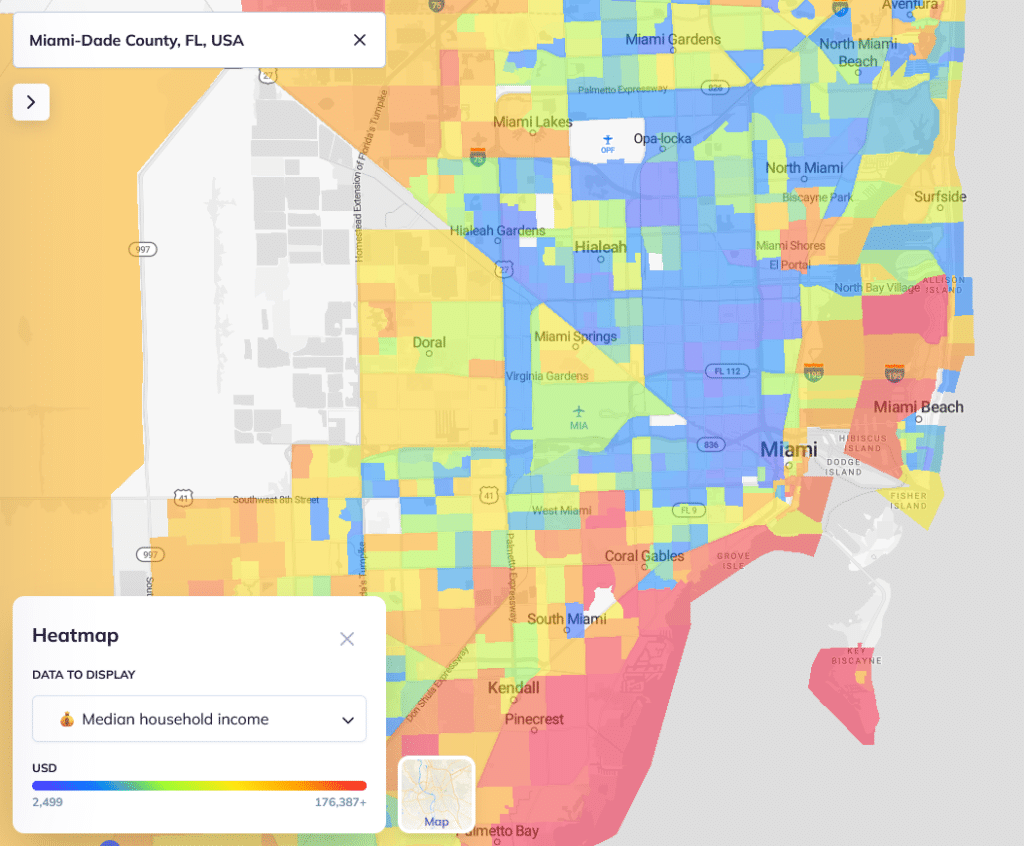
Manage your territories
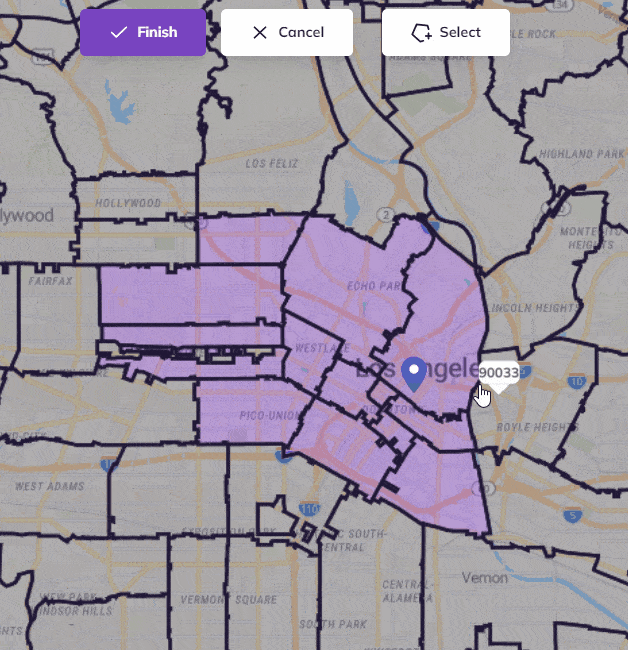
Create and manage your sales or franchise territories, analyze your areas with demographic data, and map your customers.
Access demographic and POI data
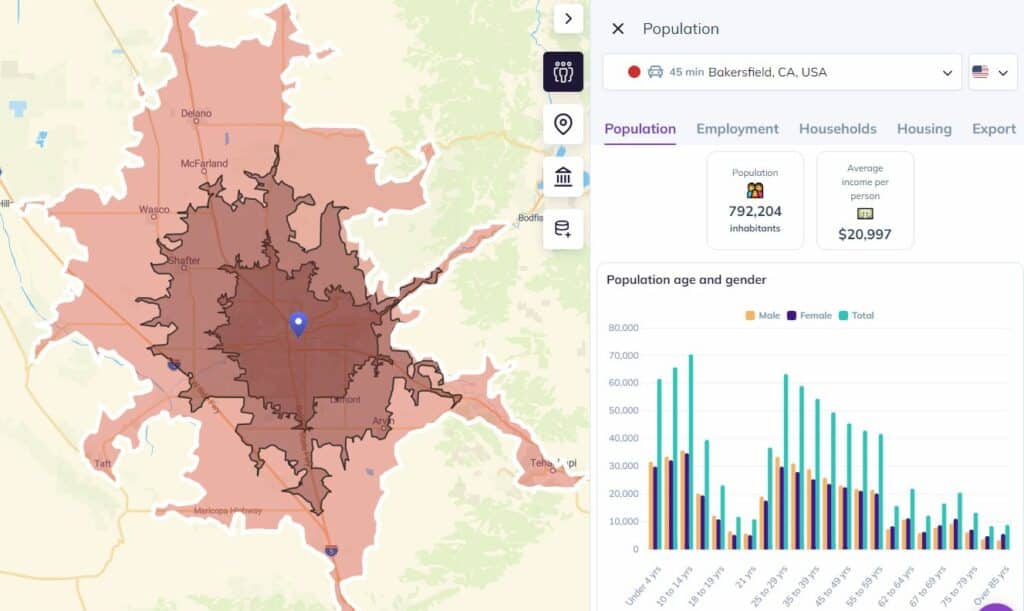
Smappen gives you the exact indicators for each of your areas, straight from the census database. Start analyzing your areas to find the best location.
Import your own data
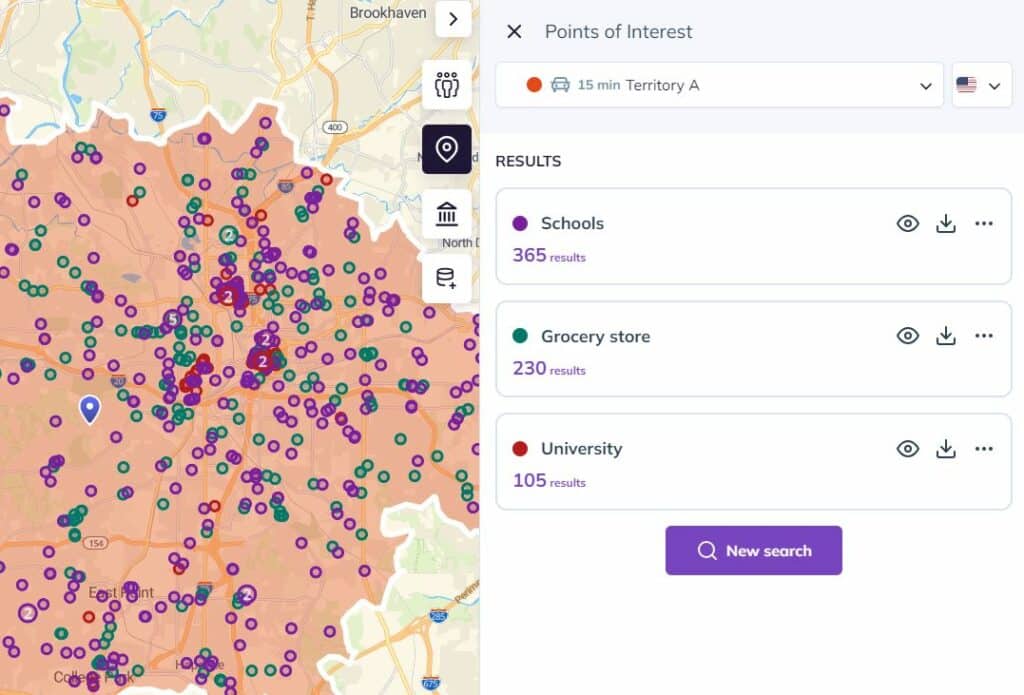
Conduct more in-depth analysis and import your own data (CRM, etc.) to understand your customers’ behavior.


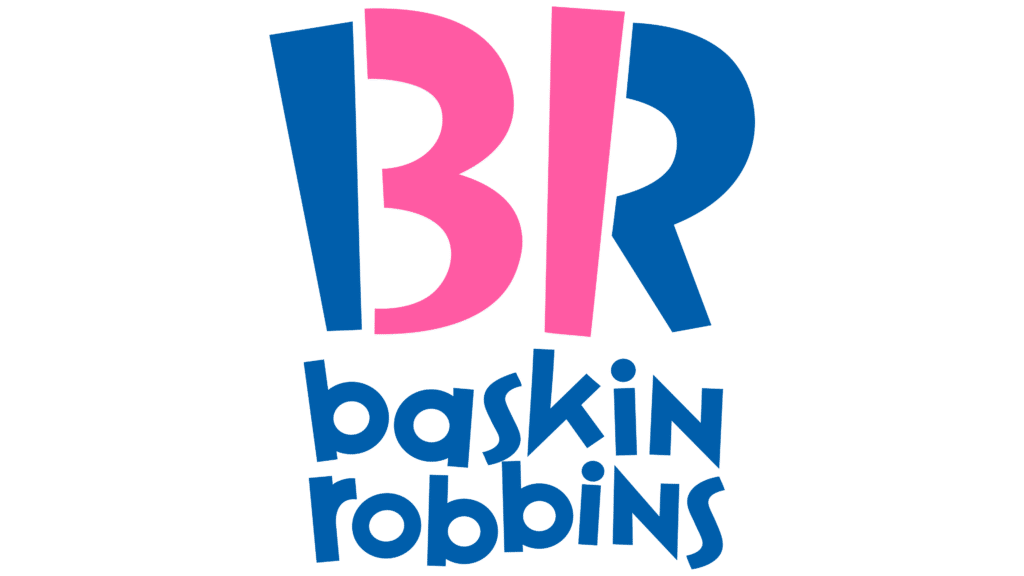
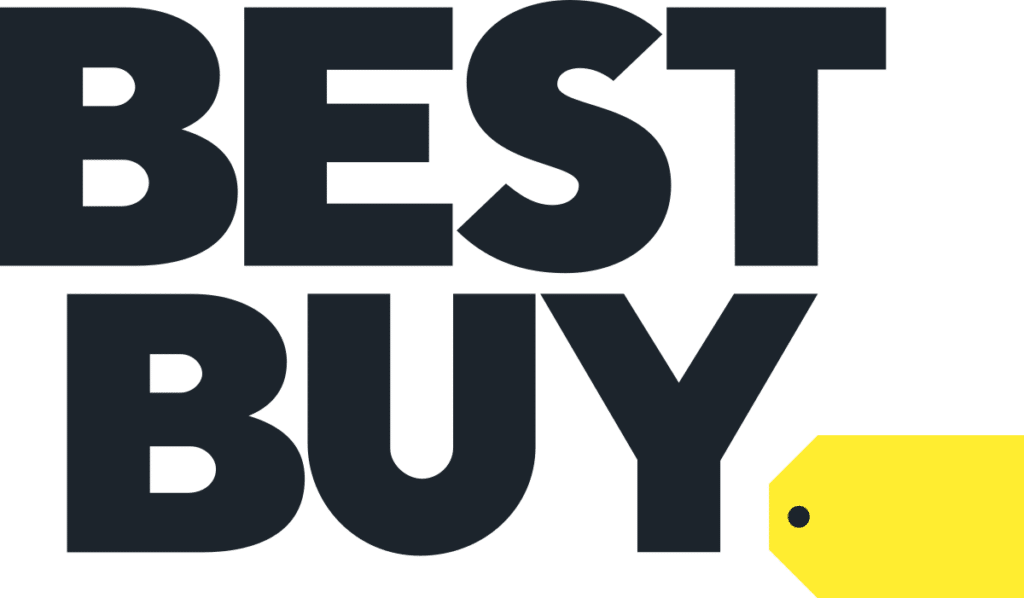
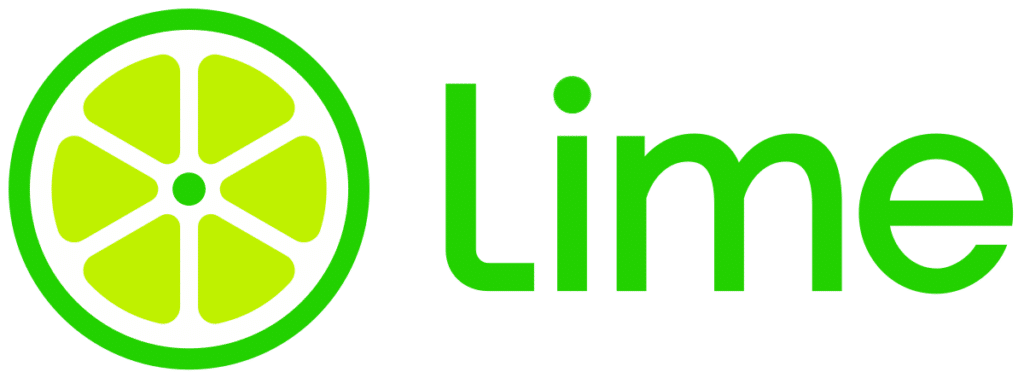

I have been searching for this software for years! smappen is nothing short of incredible. It is exactly what I needed and produces fantastic results. And the user interface… It is so simple!

I manage 25 territories across the US for medical device sales distribution. Mapping territories for my reps has never been easier. smappen turned me into a hero at the company!

Exceptional and personal training and support. It did exactly what I wanted it to do, with a very high degree of accuracy.
The world’s simplest and most intuitive mapping app
Between its built-in data and its ability to work with any data you add to it, Smappen is the best mapping software for business intelligence, strategy, and logistics. Manage your coverage areas, conduct market research, look up demographic data, and get the information you need to make the best decisions for your customers.
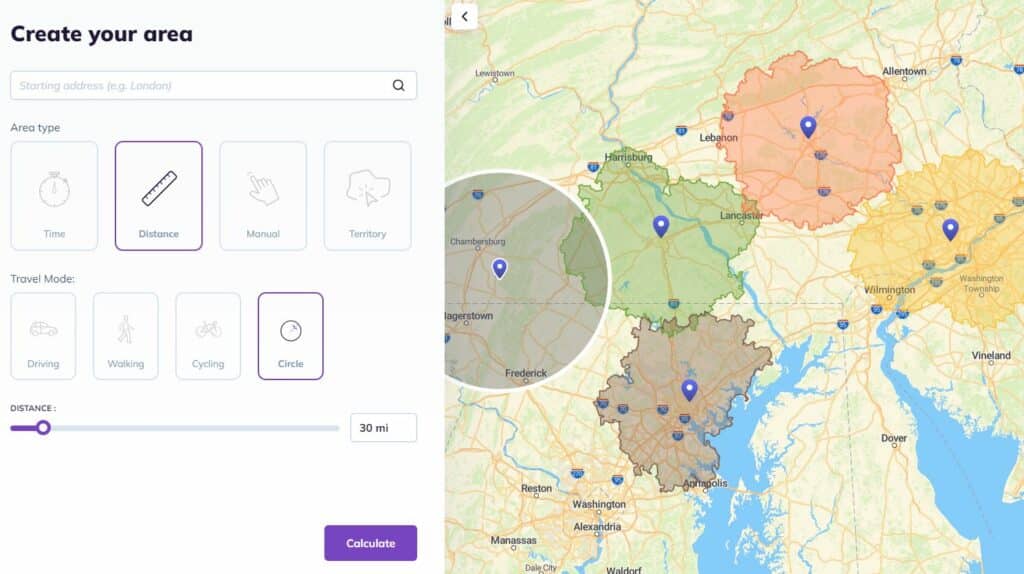
FAQs (Frequently Asked Questions)
Mapping software is a digital platform that integrates geospatial data from various sources to create, edit, and analyze interactive maps. It leverages Geographic Information Systems (GIS) capabilities to turn complex raw data into actionable visual insights for territory planning and decision-making.
By providing clear visual representations of geographic data, mapping software enhances decision-making, streamlines data analysis, and optimizes operational processes. It helps organizations identify market opportunities, allocate resources efficiently, and improve overall productivity.
Heat mapping is a feature that uses color gradients to visually represent data density and intensity across a map. It helps identify hotspots—areas with high concentrations of activity or data points—making it easier to pinpoint regions that require strategic focus or further analysis.
Key factors include ease of use, the ability to integrate diverse data sources, robust GIS and customization features, real-time updating capabilities, scalability to grow with your business, collaborative functionality, and strong customer support. These elements ensure the software meets your operational needs and delivers actionable insights.
When evaluating mapping software, the best solution is one that combines precision, ease of use, and robust functionality tailored to your organization’s unique needs. Smappen distinguishes itself as the leading choice for territory mapping by offering an intuitive interface, comprehensive GIS capabilities, and real-time data integration—all backed by a focus on simplicity and collaborative efficiency.
Read our best articles on mapping software
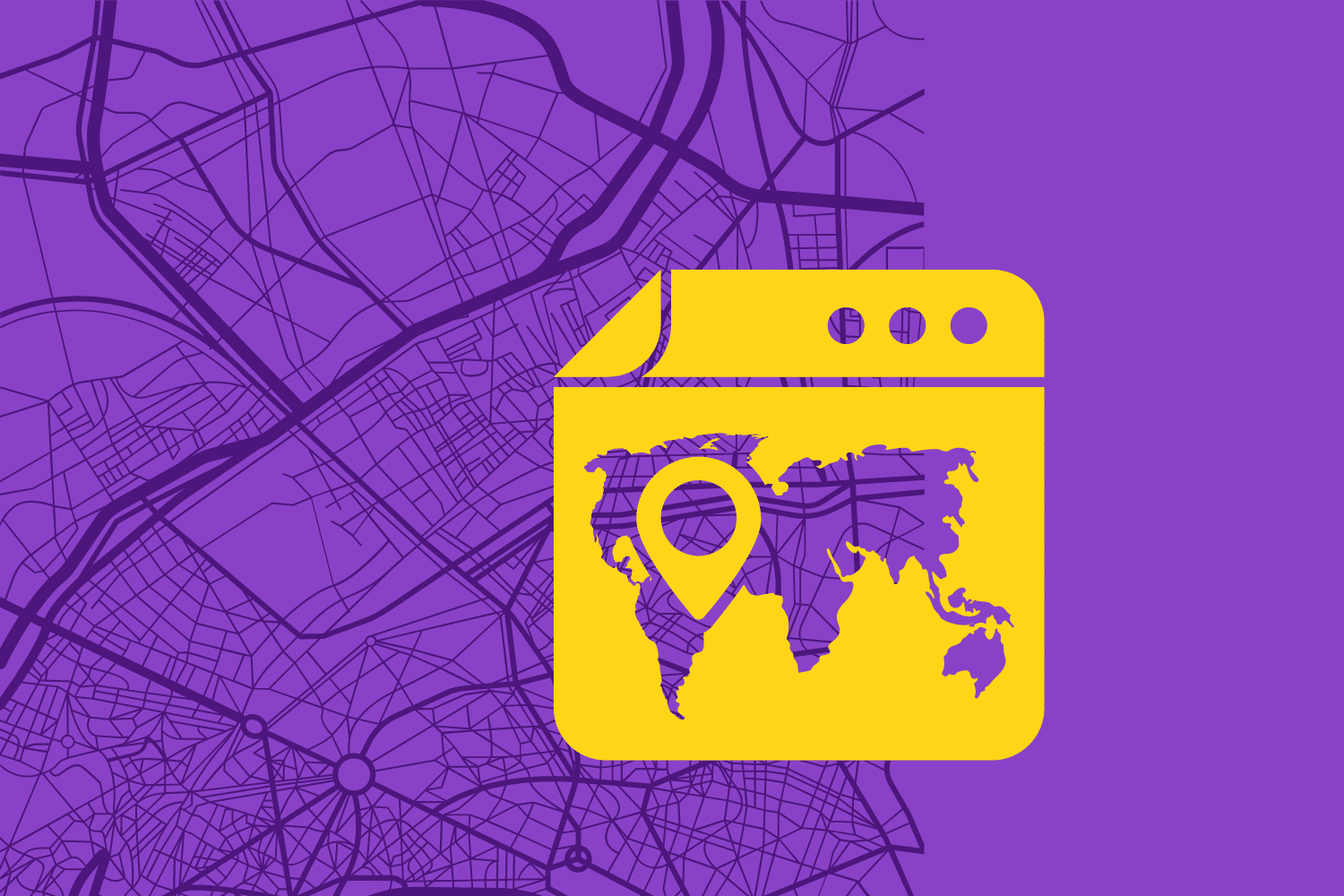
Mapping Software: Transforming Data into Visual Insights
Embark on a journey into the realm of mapping software. Uncover how businesses leverage the fusion of data and geography
Boost Your CRM with Mapping: Unlock Growth Through Smart Territory Tools
Learn how Smappen’s HubSpot integration transforms your sales strategy: automated CRM sync, map-based lead targeting, smarter routes, and territory performance insights.
5 Key Benefits of Using a Mapping Tool with HubSpot Integration
Learn how Smappen’s HubSpot integration transforms your sales strategy: automated CRM sync, map-based lead targeting, smarter routes, and territory performance insights.
10 Powerful Prompts to Use Smappen and ChatGPT Together
ZIP code maps are invaluable tools for data visualization and analysis. Learn how to create a zip code map with geomarketing apps
How to create a UK postcode map
What is a postcode? How to build a UK postcode map? Learn how to map your territories based on UK postcode boundaries: postcode districts or sectors
The Map Maker: What It Is and How To Use One
How do map makers work, exactly? And which one should you be using? The complete guide about map maker tools.
What a Demographic Map Is (And a Few Examples)
Businesses use spatial analysis for everything from improving their marketing campaigns to picking the right location to open a new branch.
Start using smappen now

